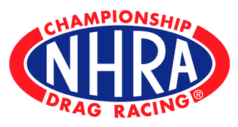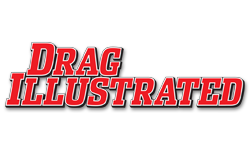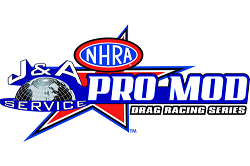Business Ethics and Social Responsibility
Ethisphere Links Ethics to Profits
Ethisphere magazine ( www.ethisphere.com ) is published by the Ethisphere Institute to illuminate the correlation between ethics and profits. Their mission is to “help corporate executives guide their enterprises toward gaining market share and creating sustainable competitive advantage through better business practices and corporate citizenship.” Business has found that good ethics doesn’t happen automatically. Employees need a shared vision that results in all employees abiding by the company’s code of ethics and policies on business conduct. The editors and writers for the magazine attempt to determine absolute behaviors that can be utilized to differentiate one organization from another. For example, Ethisphere has developed a methodology to examine companies’ codes of ethics and provide a grade for how the business compares with others. Issues relate to how the code itself is written, what it contains, what it omits, and how it is communicated.









